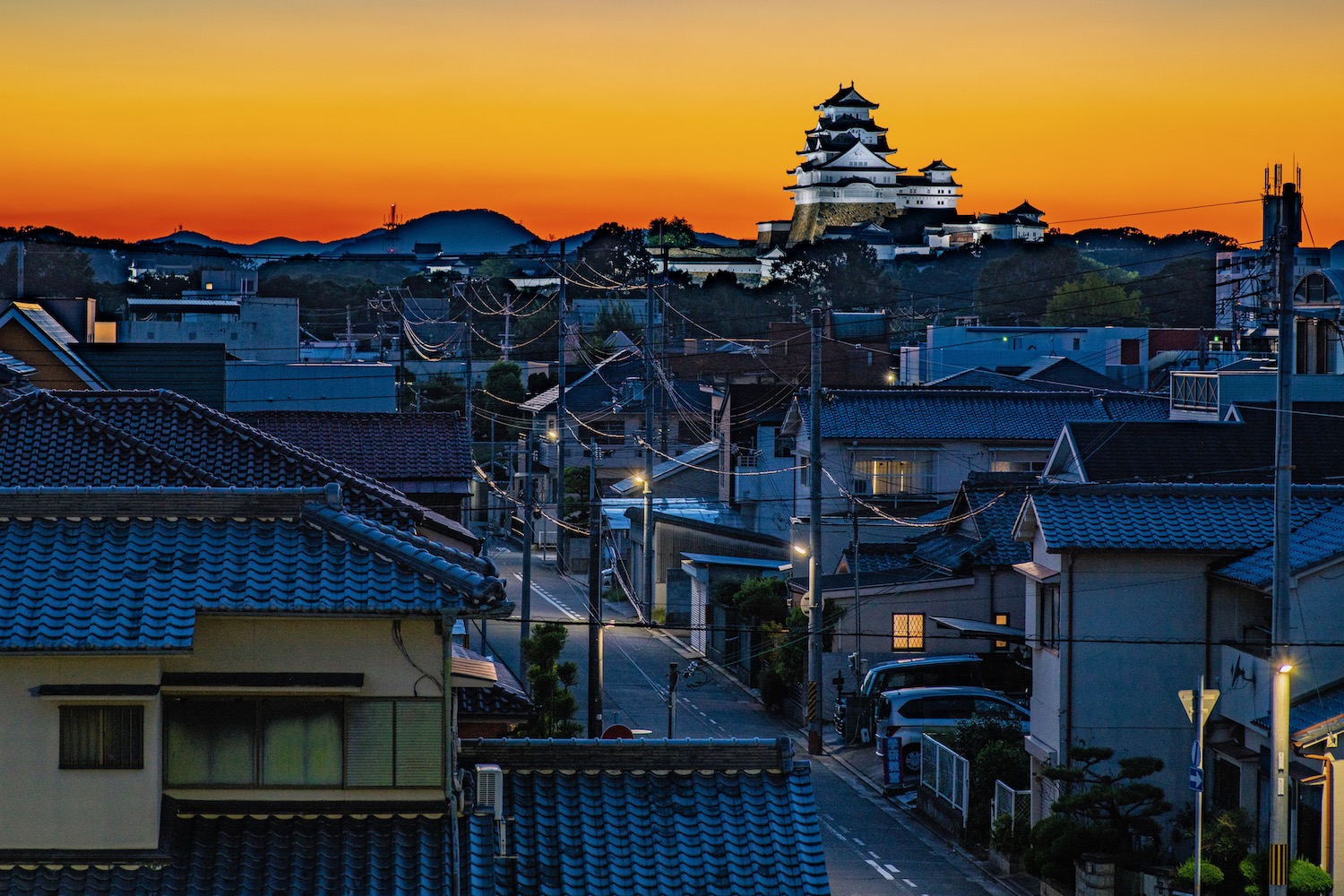Japan takes really good care of its ancient places—and it rebuilds them painstakingly if necessary. This is obviously a good thing, for a whole host of reasons. (I mean, apart from the fact that it took 10 years to restore the Rinno-ji Treasure House in Nikko.)
Indeed, many travelers are surprised to know that only a dozen of Japan’s hundreds of feudal castles retain their original tenshu, or keep. The rest were destroyed during the Meiji Restoration (more on that in a second), and rebuilt since then.
I’m spotlighting the 12 original castles left in Japan not because the others aren’t worth visiting—some of the fakes are arguably even more impressive than the real ones. Indeed, it would be impossible for most people to know if someone like me didn’t tell them!
What is an “Original” Castle in Japan?
In simple terms, an “original” castle is one whose central keep (tenshu, in Japanese) has not been reconstructed. Note that other parts of a given castle may be (and, in almost all cases, have been) reconstructed, in some cases significantly. However, if the tenshu survived the Meiji Restoration (whereby authorities destroyed the structures in order to enforce the end of the feudal han system), it is nonetheless considered original.
As I’ll explain in a few paragraphs, just because a castle is not original doesn’t mean it isn’t worth visiting. For example, many travelers stay in cities like Osaka, thanks to top-rated luxury hotel promotions in Japan, and the number of US-branded hotels there. The good news? Osaka Castle is striking, in spite of having been re-built. The better news? It’s easy to visit several original castles as day trips from Osaka, regardless.
The 12 Original Castles Left in Japan
Uwajima Castle, Ehime
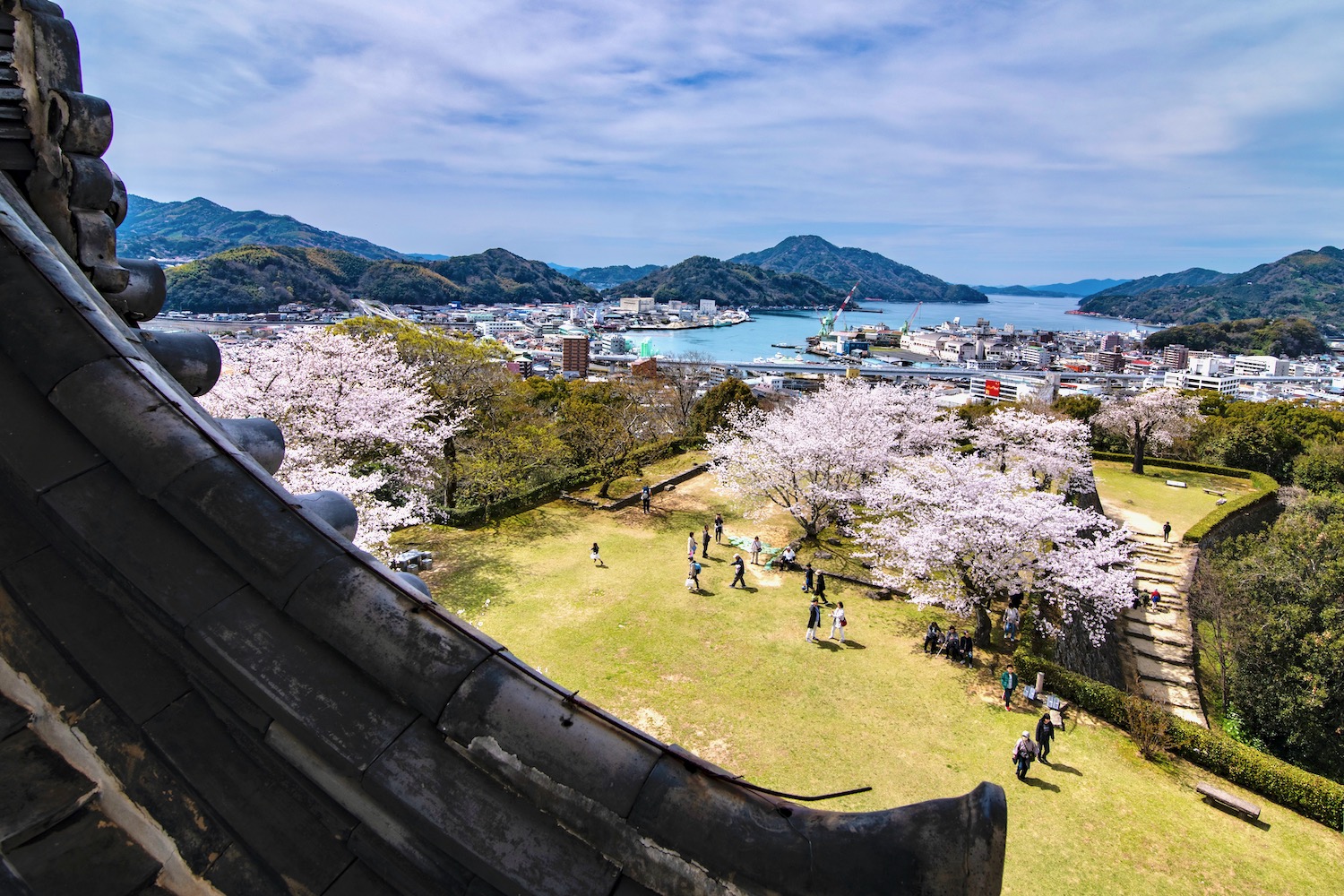
Built around the turn of the 17th century by a clan associated with high-powered warlord Date Masamune, the story of tiny Uwajima Castle belies its unimposing structure. Still, in spite of being the smallest original castle in Japan, the fact that it’s perched atop a mountain overlooking the Seto Inland Sea does give it some necessary drama. It’s most easily accessible from the city of Matsuyama, also on Shikoku island.
Matsuyama Castle, Ehime

Speaking of Matsuyama, another contender for best Japanese castle is the city’s own Matsuyama Castle. Though built during a similar period, it’s larger and less subtle than Uwajima-jo; it offers similar sea views, which are especially impressive at sunset. To get here, simply walk 15 minutes or take the Masuyama Castle Ropeway, which is itself just steps from the Okaido tram stop.
Kochi Castle, Kochi

The third of Japan’s 12 original castles on Shikoku island, Kochi Castle is right in the center of Kochi city, just like Matsuyama’s namesake fortress. I especially like viewing this castle, which was built in 1601, from the Kochi Castle Museum across the street. Do note that getting here requires about a 30-minute walk from Kochi Station, assuming you don’t just ride a streetcar.
Marugame Castle, Kagawa

Round out the whopping four (of 12 Japanese castles) you can find on assuming Shikoku island, Marugame Castle is probably my sleeper favorite, its relatively tenshu perched atop a multi-tiered platform that is nothing if not intimidating. Sit down in town for a bowl of sanuki udon before or after your visit here, or in conjunction (assuming you have a rental car) with nearby attractions like Mt. Shiude and Chichibu-ga-hama beach.
Bitchu-Matsuyama Castle, Okayama
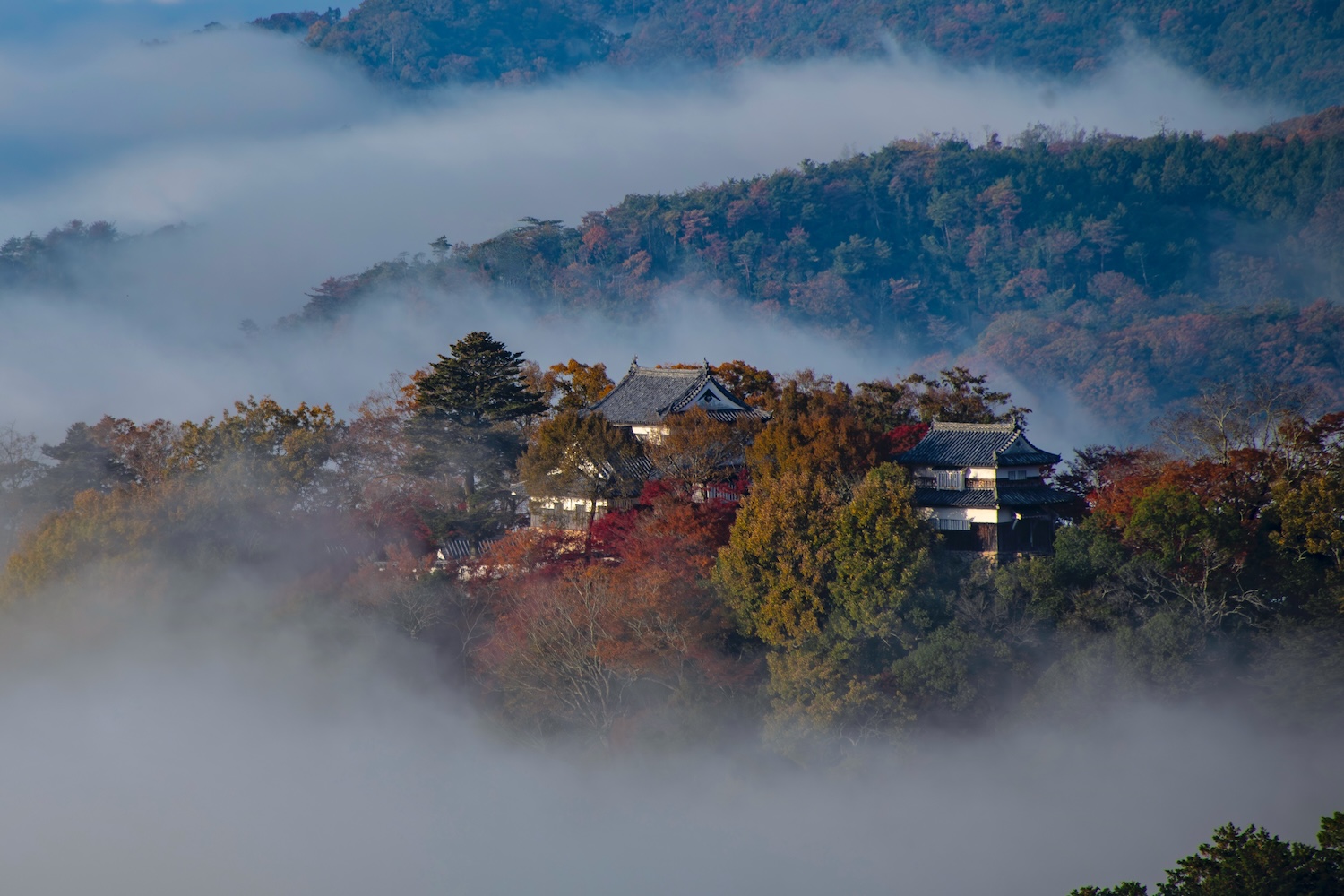
Don’t be distracted by the seemingly dirty name of this hilltop castle in rural Okayama prefecture, nor by the fact that it also has “Matsuyama” in it. Do keep in mind that Bitchu-Matsuyama-jo (whose current keep dates to 1683) is among the most difficult of Japan’s original castles to reach, requiring a taxi or 45-minute hike from Bitchu-Takahashi Station, which is itself almost an hour from the center of Okayama city.
TIP: If you’re here in autumn and are open to renting a car, you can drive to an awesome viewpoint to see this castle ensconced in unkai, or a sea of clouds.
Matsue Castle, Shimane

Continuing up the JR Hakubi Line from here (ideally, on a speedy Yakumo Limited Express train) will eventually take you to Matsue. The fact that the city is underrated notwithstanding, Matsue Castle is a total beauty. It’s surrounded by moats, and by towering pine forests that give it is name (matsu/松 means “pine.”). It also tends to be among the least-crowded of Japan’s original castles, since few tourists come to this part of the country.
Himeji Castle, Hyogo

On the other hand, Himeji Castle is probably the most-visited original Japanese castle, to the extent that local authorities are pondering a several-fold increase in the admission cost. Don’t let that put you off visiting this castle, however—it’s by far the most impressive in Japan, and retains most of the structure as originally built in 1609. Even better, it’s just 15 minutes north of Himeji Station (a convenient Shinkansen hub) on foot.
Hikone Castle, Shiga
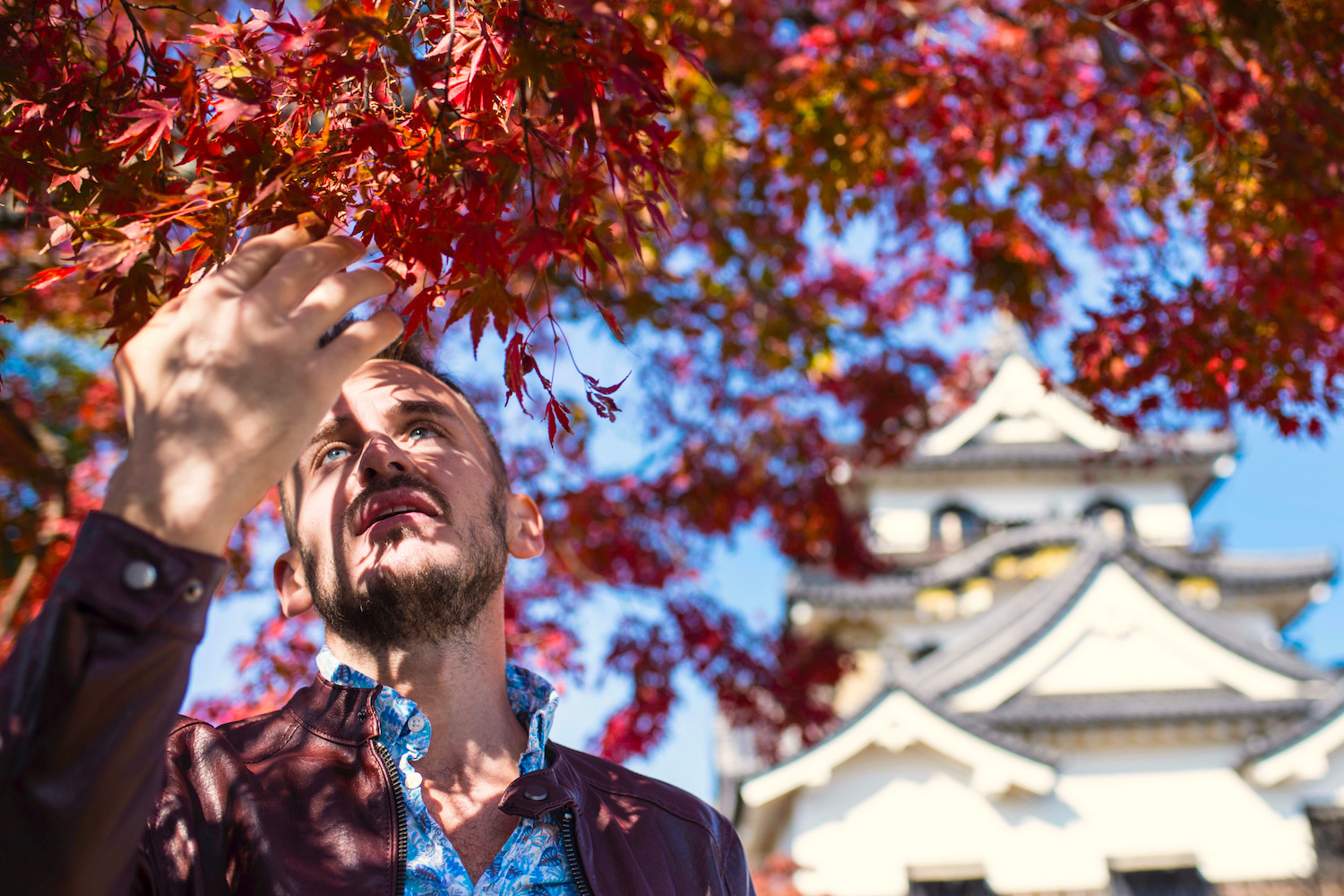
Want to visit an original castle from Kyoto, but can’t deal with crowds? Ride a Maibara-bound Special Rapid train from Kyoto Station to Hikone Station, then walk westward to Hikone Castle. Perched on the shores of Lake Biwa, this impressive structure isn’t nearly as popular as it should be, which is great for travelers who make the journey. I especially like coming here in autumn.
Maruoka Castle, Fukui
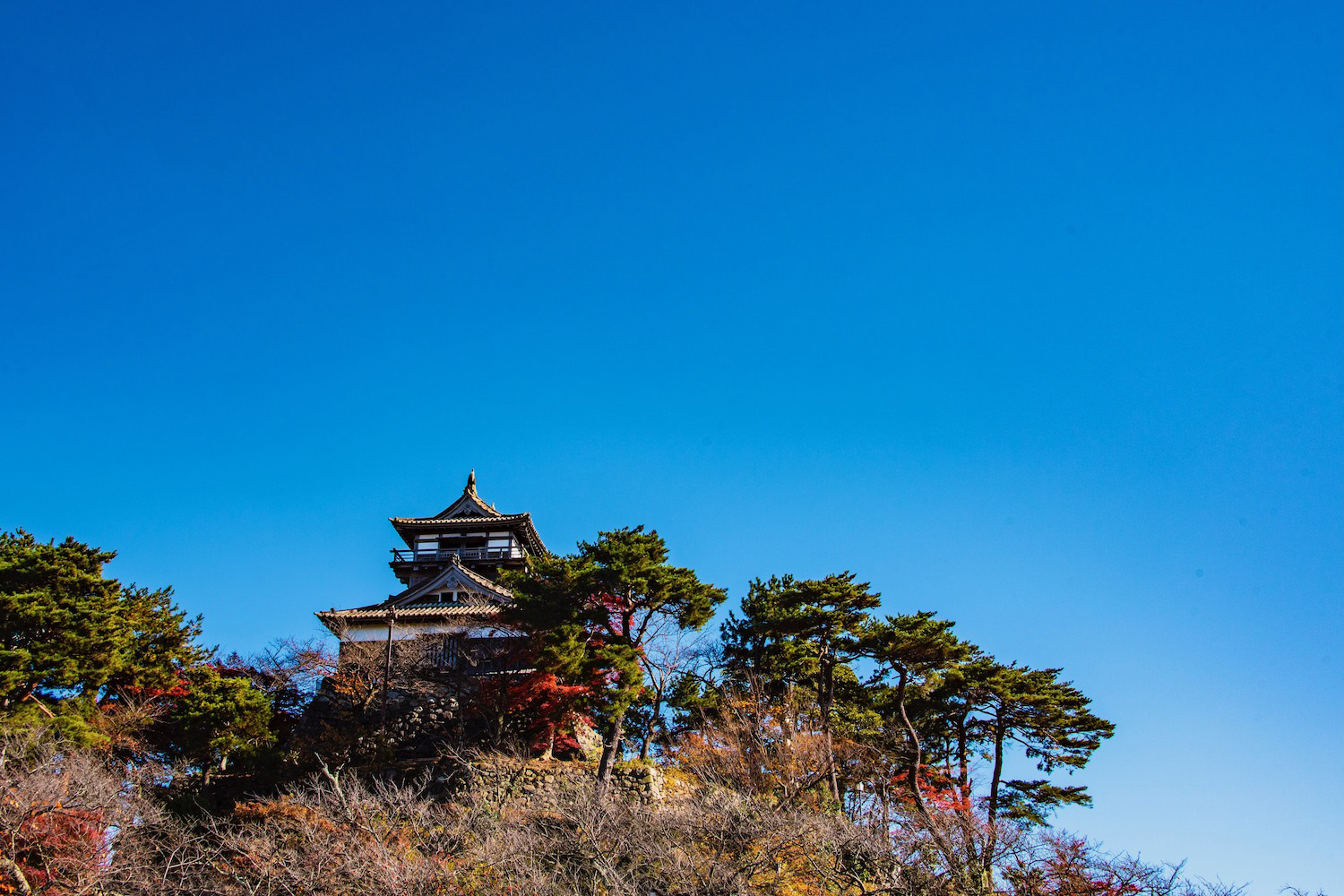
The most authentic Japanese castle near the north-central coast of Japan, meanwhile, is Maruoka Castle in Fukui. It’s an oldie—it was built in 1576—but a goodie, with a beautiful dark-toned tenshu that looks amazing in all seasons. It’s most common to come here on a day trip from Kanazawa, though I recommend renting a car to avoid a long walk from Maruoka Station, or an even longer bus ride from Fukui Station.
Inuyama Castle, Aichi

An unassuming castle located north of unassuming Nagoya, Inuyama Castle hides a secret in plain sight: With a tenshu that dates all the way back to 1440, it’s the oldest of the original Japanese castles. My favorite time to come here is in early April when, in most years, peak sakura bloom corresponds with the Inuyama Spring Festival, and all its floats and pageantry. Get here by riding a Meitetsu train from Meitetsu-Nagoya Station.
Matsumoto Castle, Nagano
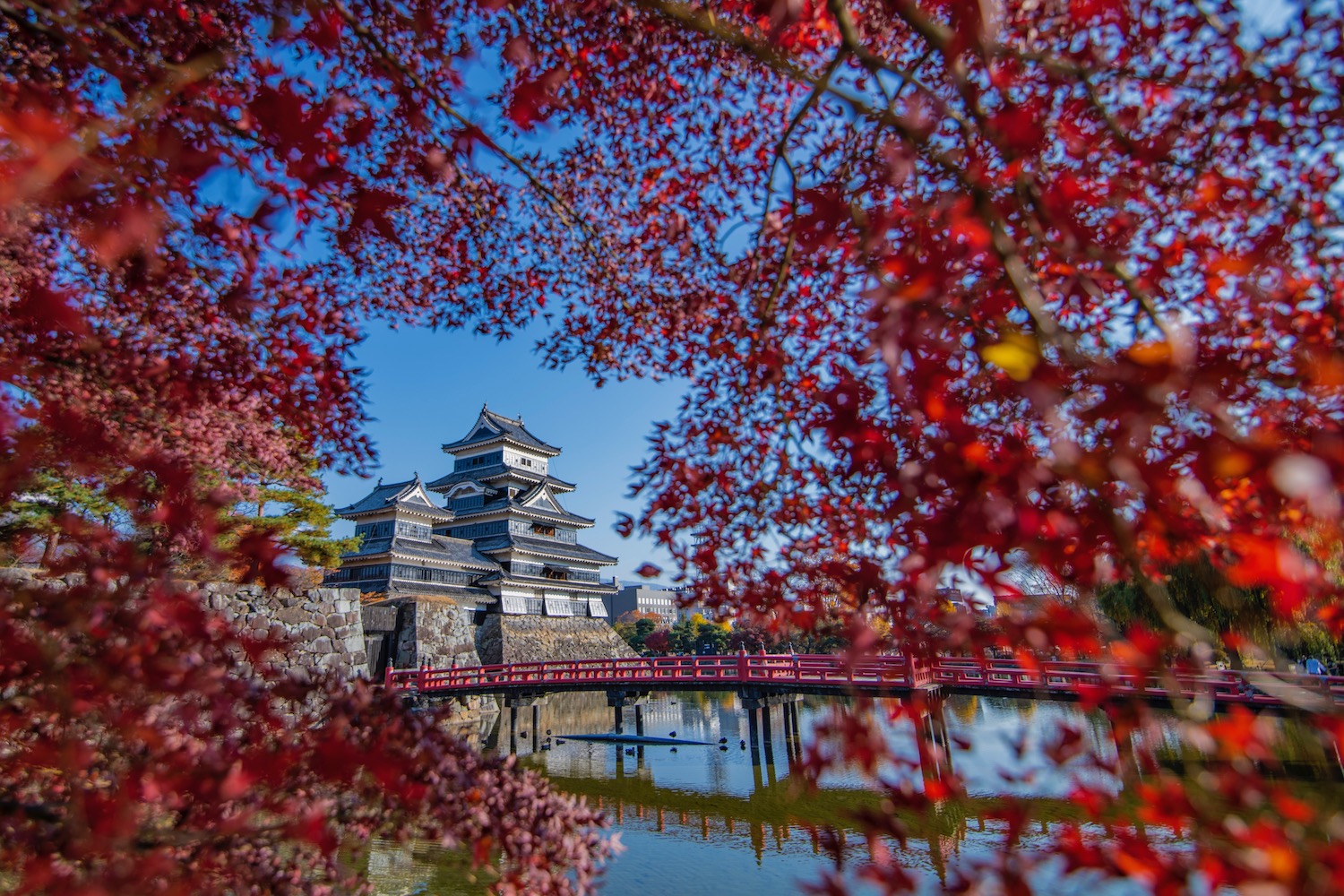
Often contrasted with Himeji Castle (which is also known as “Heron Castle,” on account of its white facade), Matsumoto Castle (or “Crow Castle,” on account of its black one) is the only original castle in the Japanese Alps. It’s increasingly popular, since it’s just 15 minutes on foot from Matsumoto Station, a necessary waypoint en route to the Kamikochi Valley, Nakasendo Way and other Alpine outdoor destinations.
Hirosaki Castle, Aomori
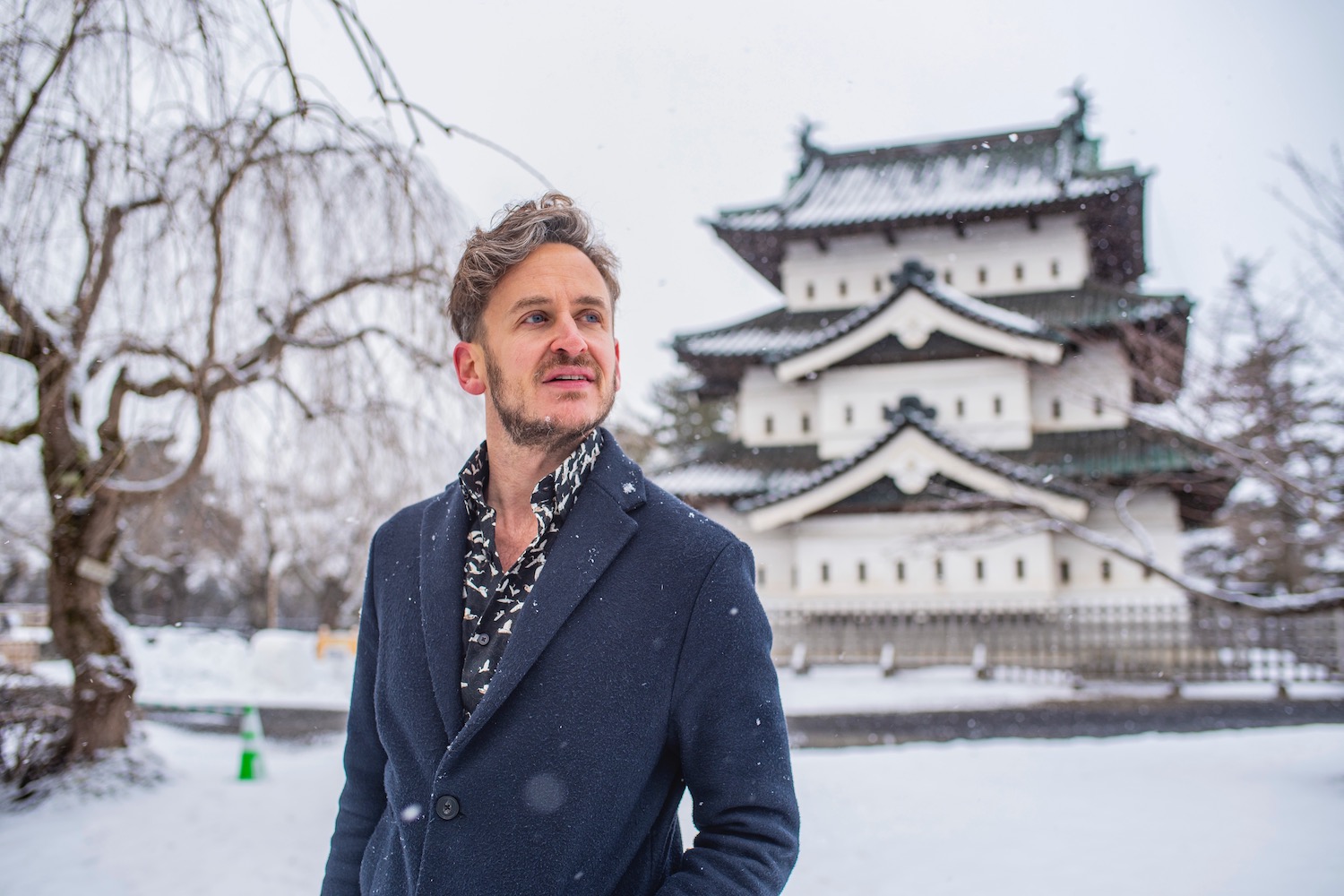
The northernmost of Japan’s original castles, Hirosaki Castle is the only one located in the Tohoku region. It’s most famous for the “petal moat” left in the wake of falling sakura flowers in the spring, though I find this option less appealing in the wake of the main tenshu having been moved in the mid-2010s. Indeed, winter’s heavy snowfall is a unique time to appreciate this highly under-appreciated castle.
The Best Non-Original Castles in Japan
As I mentioned earlier, Osaka Castle is a fabulous one to visit, even though it is a concrete reconstruction. Here are some of my other favorite non-original castles in Japan:
- Kitsuki Castle: Japan’s smallest castle, this fortress is perched above the town of the same name on Kyushu’s underrated Kunisaki Peninsula.
- Kumamoto Castle: Another entrant from Kyushu, Kumamoto-jo is notable for the reconstruction work done since it was nearly destroyed in a 2016 earthquake.
- Kanazawa Castle: Most visitors to the hub of Hokuriku ignore its castle for the superlative Kenroku-en garden, located across the street. But the castle is gorgeous, especially during sakura season.
- Nijo Castle: A unique “flatland castle” with “creaking” floors, this is a great place to stop en route between Kyoto’s Higashiyama and Arashiyama districts.
- Matsumae Castle: This is Hokkaido’s only surviving castle, and one of the best places on Japan’s northernmost island to see cherry blossoms.
As you can see, original castles in Japan are not the only ones worth visiting. The architects of the Meiji Restoration must be rolling over in their graves!
Other FAQ About the 12 Original Castles Left in Japan
How many Japanese castles are original?
Out of more than 200 known castles in Japan, just 12 are “original.” In other words, their central tenshu (keep) survived destruction during the Meiji Restoration. Note that in spite of this, a Japanese castle needn’t be original in order to be visually stunning or worth visiting.
Which is the oldest castle in Japan?
Construction on Aichi prefecture’s Inuyama Castle started in 1440, making it the oldest surviving castle in Japan. Inuyama is located less than an hour from Nagoya, and makes for an excellent day trip from the city, which is itself one of the most underrated in Japan.
What is the most authentic castle in Japan?
With a massive structure that is at once elegant and imposing—and, of course, an intact tenshu—Hyogo prefecture’s Himeji Castle is generally recognized as being the most authentic in Japan. Take a day trip here from Kyoto, Osaka or Kobe to get a feel for what Japan must’ve been like during feudal times.
The Bottom Line
Spoiler alert: It will take you many years to visit all of the 12 original castles left in Japan, assuming this is even your goal. If it’s not—and for most of you, it probably isn’t—then I hope my guide will serve primarily to help you decide which Japanese castles are most worthy of your time. For some travelers, taking a day trip from Kyoto or Osaka to Himeji Castle will be sufficient. In other cases, you’ll want to go truly off the beaten path, whether on underrated Shikoku island, or in lesser-visited regions like San’in and Tohoku. Need personalized help putting your Japanese castle quest together? Commission a custom Japan itinerary today!



